- Call Us : 044 - 4301 6191
- Email us : marketing@shreevenus.com
Rigid Polyurethane / Polyisocynurate Foam Pipe Sections / Pipe Supports and Slabs
The growing need of quality insulation is the result of PUF insulation for pipes in Air Conditioning, Processing and Pharmaceutical and allied chemical industries.
Shree Venus Energy Systems manufactures Rigid Polyurethane foam pipe sections/Pipe supports of various diameters and thickness and also Rigid Polyurethane foam slabs for Chilled Water / Hot water applications / Under deck insulation / Overdeck insulation / air conditioning Duct insulations. These foams are manufactured using the state of the art CNC P.U. Dispensing Machine imported from SAIP, Italy.
The pipe sections and are cut with CNC programmed high speed wire cutting machine which gives accuracy in thickness and size also the delivery time make faster and quicker compared to Moulded sections.
.jpg)
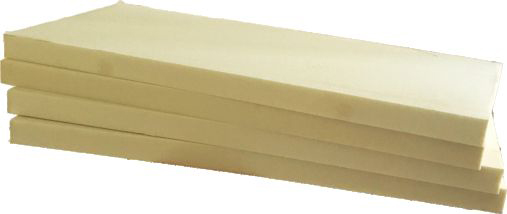
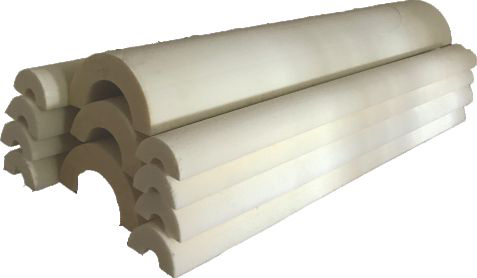
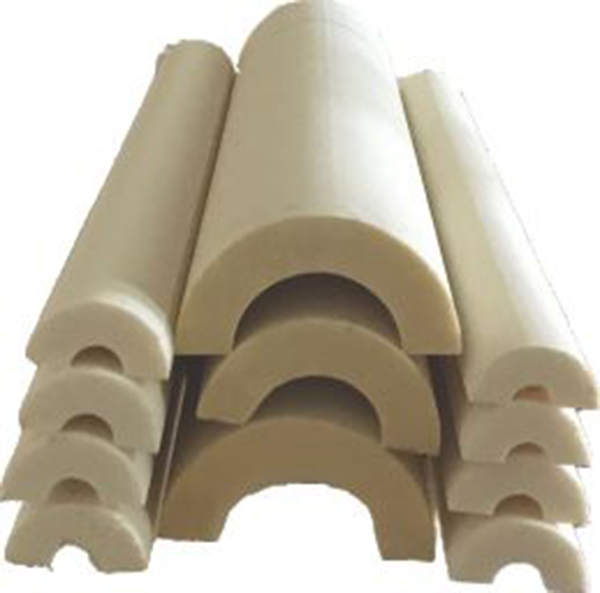
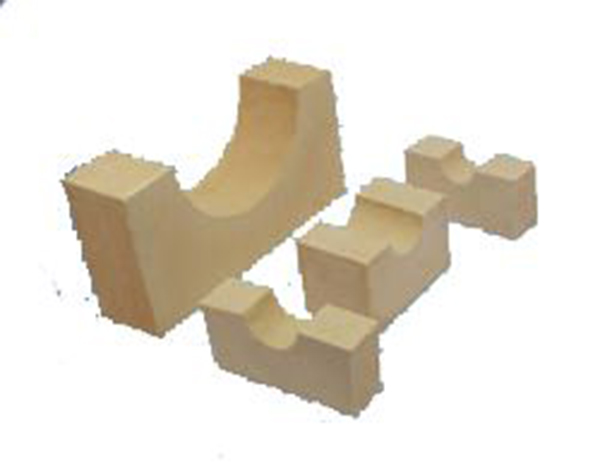
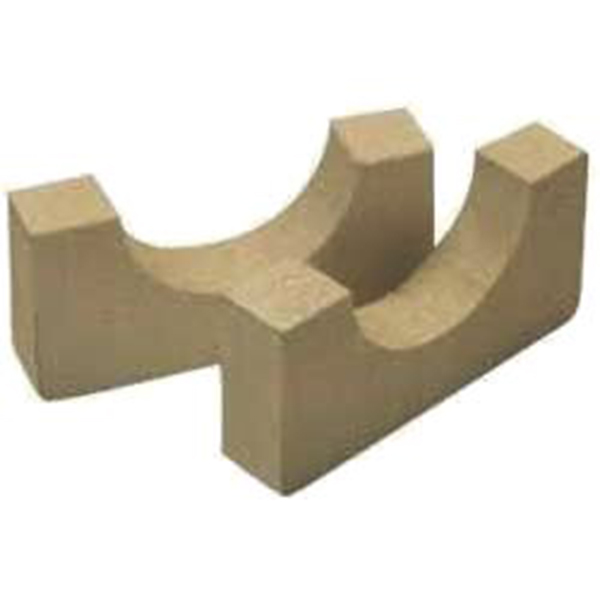
The advantages of using Polyurethane foam pipe sections are:
Rigid Polyurethane insulation products are suitable for use at a temperature of [-] 180 deg. C to + 110 deg.C.
Rigid Polyurethane foam products are manufactured in the densities ranging from 40 to 300 Kgs./M3
Having lowest Thermal Conductivity amongst all the foam based insulation material. Superior strength allows for saving on metal consumption over insulation. No deformation of shape in case of people walking/climbing over the pipes after insulation. Retains the shape and no damage to insulation in spite of regular foot traffic over the insulation. Hence, maintenance cost is less compared to conventional systems.
The thickness of insulation can be lowered due to low thermal conductivity and hence the overall cost shall be cheaper than conventional type of insulation materials.
Due to high compressive strength, the same material can be used for pipes supports with higher densities ranging from 140 Kg. to 300 Kg. /M3
Polyurethane foam has got very high durability compared to conventional material and hence replacement of material not needed over period of time.
Since the materials are cut with CNC Profile cutting machine, any thickness can be offered according to the customer choice and hence it is economical.
Since the materials are cut with CNC Profile cutting machine, any thickness can be offered according to the customer choice and hence it is economical.
The material is un-affected by moisture, water and it has excellent resistance, as the products are Petroleum based.
As the materials are of closed cell in nature, no separate vapour is required over PUF pipe sections for chilled water application.
Aluminium Foil faced material can be offered as per the Customer choice.
Our materials are already in use at the following projects:
Chennai Metro Rail Ltd.
IGCAR , Kalpakkam
Apollo Tyres
Shriram Gateway
CTS – IT Park
HCL – IT Park and many more.
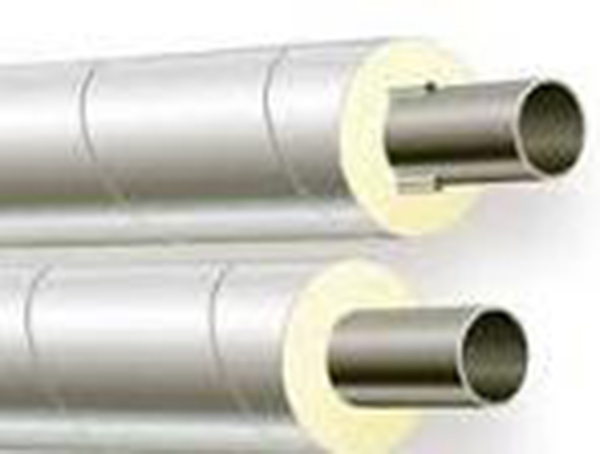
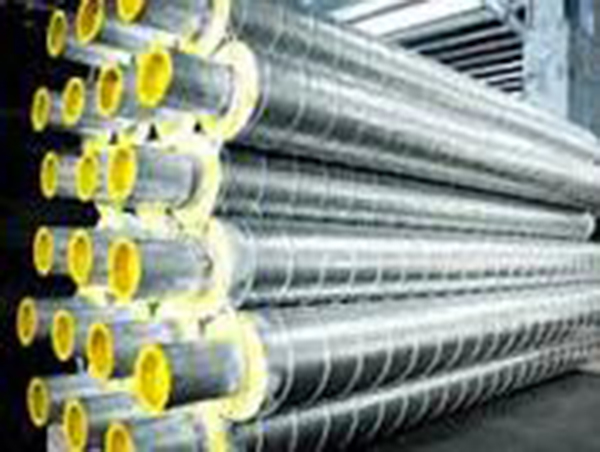
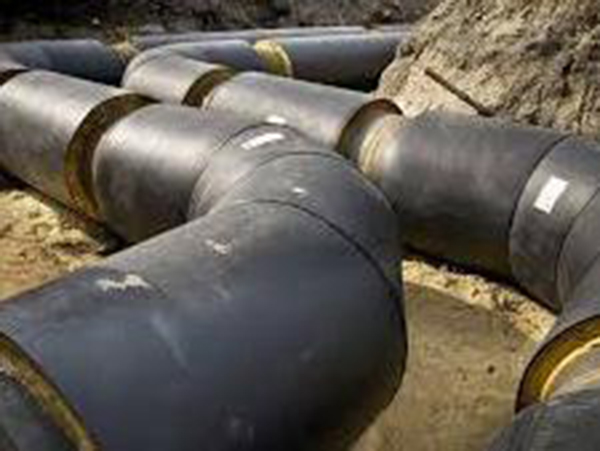
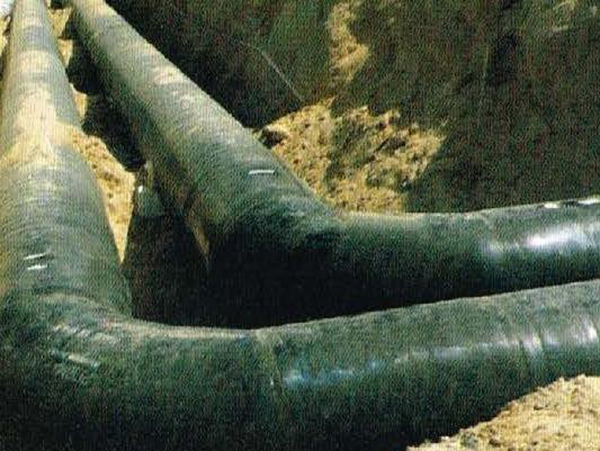
Pre insulated pipes are manufactured with Rigid Polyurethane foam materials as insulation along with GI/Aluminium spiral casing as cladding material for above the ground and HDPE casing for the Underground application
Advantages of using Pre-insulated pipes with Polyurethane foam are
Superior strength allows for saving on metal consumption over insulation.
No deformation of shape in case of people walking/climbing over the pipes after insulation
Retains the shape and no damage to insulation, in spite of regular foot traffic over the insulation. Hence, maintenance cost is less compared to conventional system.
Water ingress inside the insulation is NIL due to seamless insulation of Polyurethane foam and least number of joints on metal jacketing, which prevents the corrosion of inside pipe due to water ingress in case of exposed pipes to weather and hence increases the life of Pipes and insulation
Site installation of insulation can be reduced to minimum, to cover the elbows, valves, flanges and welding joints and other fittings. Hence it is economical.
Dependence on labour for site work is minimized. Hence fast completion assured.
Handling & Storage Instructions:
Although “Shree Venus” make Pre insulated Piping Systems are designed for rugged use, there are certain precautions that should be taken during normal handling operations:
Receiving:
Inspect all materials visually before removing them from truck [carrier]. All materials are carefully loaded and secured before leaving our factory. If you observe any damage, please note it on the delivery receipt and notify our office at once
Unloading:
Unloading should be handled with cranes. Steel wires and chain must not be used in direct contact with the outer casing. Steel hooks are not to be used to lift the pipes at the ends, otherwise, it may damage the beveled or grooved ends. Only Nylon straps or similar must be used to ensure the protection of the outer casing.
FILLED JOINTS
Field joints and fittings like elbows, reducers and Valves are carried out with high pressure Injection machines which ensures uniform quality of foam / density like pre insulated pipe.
Storage:
When the pre insulated pipes and fittings are to be stored for safekeeping prior to installation, they must be kept in a dry place. Field joint Insulation materials, such as shrink sleeves and Foam chemicals, should be stored indoors in an Air-conditioned space. The pipes should be raised Off the ground by at least 0.1 m. They can be stored on a compare stone-free sand bend or on Wooden sleepers. The wooden sleepers must be placed at intervals of no greater than 2.0 m. The Width of the wooden sleepers will depend on the Maximum height of the stack. At no time, the Stack height should exceed 2.0 m [See Figure]
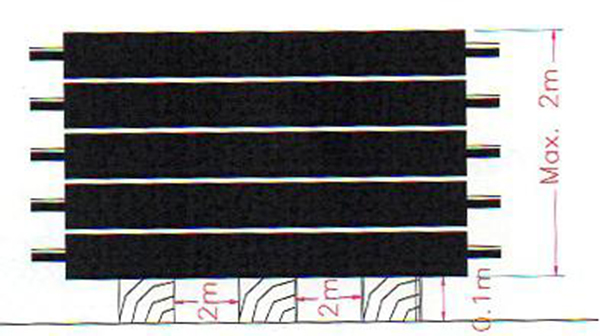
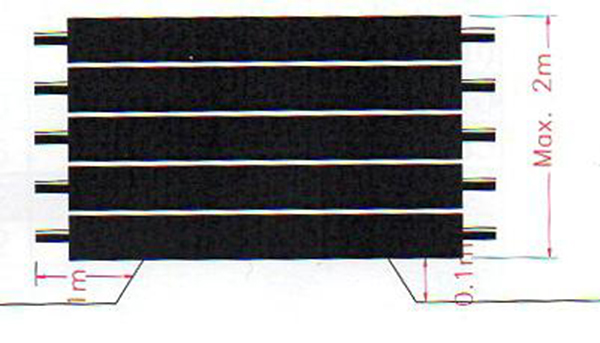
If, however, our product have a PVC or HDPE Outer casing, it is not recommended to store under direct sunlight for extended period, thus, we recommend covering it with light-coloured polyethylene or canvas to reduce the effect of the sun's ultra-violet rays
Field Joint Insulation Procedure:
Field joint insulation shall be applied after the preinsulated pipes are installed and joined, either by welding or mechanically with mechanical couplings, and pressure – tested as per the project's specifications. If the pre insulated piping system is supplied with leak detection / location system, please refer to the leak detection installation procedure prior to insulating the joints.
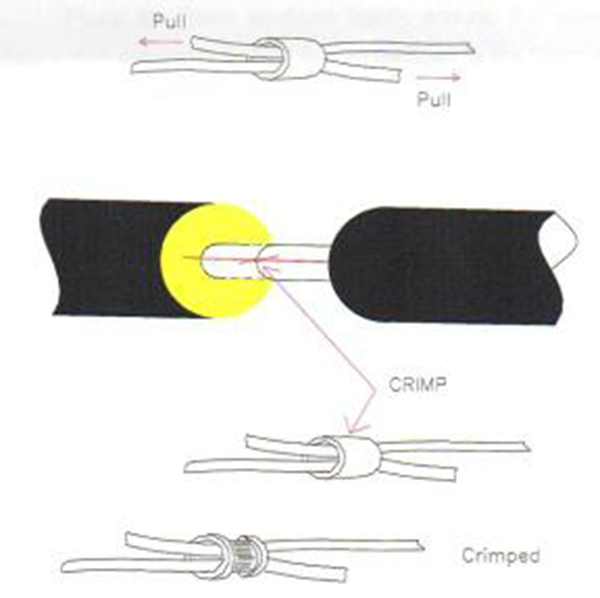
Field insulation application at joints shall be as follows:
Field Joint preparation:
Ensure that the joint was tested and leak-free. Clean the surface of the pipe joint and remove any foreign material around the joint to be insulated. Make sure the joint is clean and dry
Installation of Sheet Metal Mould/Roll-up:
Place the galvanized sheet metal mould/roll up around the joint area. Ensure that the length of the mould is equally distributed at each of the adjoining jacket pipe ends.
Locate the pouring hole and position on top of the joint.
Fasten the mould tightly with plastic straps or wire at three locations, ensure tightness between the jacket and the mould.
Connect the cables from the megger to the leak trace wires. Set the range of the megger to 50 Ώ and press the Test button. The read out shall be 2.2 Ώ / 100 m of the pipe [the value will increase when more pipes are connected to the loop.
Go to the next pipe and repeat step No.1,2, & 3
Crimp the wire [CU to CU – tinned to tinned] Pull the wire to check the connection. Solder the connection and cut the excess wire
Pouring of P.U. Foam Chemicals:
The chemicals temperature should always be maintained at 20-25ºC.
After the sheet metal mold is securely placed on the field joint to be insulated, weight the exact amount of chemicals, Polyol and Isocyanate [ISO], in a separate cups. Please note that Polyol has a distinctive smell, with a pale-to-dark yellow colour; ISO is coloured black. Both chemicals should not be exposed to air moisture or heat for long hours. Make sure the chemicals containers are closed tightly after usage.
Pour the ISO in to the Polyol cup, mix the chemicals using electric drill with mixer blade for 20 seconds. Make sure the chemicals are thoroughly mixed. When the colour of the mixture changes or when the mixture is starting to rise, pour the mixture through the pouring hole of the mould, allo w one minute for the foam to rise, then plug the pouring hole to refrain rising foam from coming out of the hole.
INSTALLATION OF HEAT SHRINKABLE SLEEVE [24” WIDE]
Remove any excess foam at the mould seams and pouring hole. Clean the surface of the sheet metal mould. Remove the plastic straps /wires.
Cut the shrink sleeve to the required length. Remove the plastic backing of the shrink sleeve and place one end of the shrink sleeve on top of the mould and wrap around the joint allowing some. overlap at the top of the joint about 50 mm]. Ensure that the width of the shrink sleeve is centered, completely covering the entire length of the mould.
The wrap around sleeve should be loose when in place. This will compensate the shrinkage of the material when heated.
Pre heat slightly the inner adhesive part of the closure patch. Position the closure patch so that the patch is centered on the overlap along the full width of the shrink sleeve.
Using the torch, heat up the closure patch evenly. Do not overheat the closure patch; with a gloved-hand, smooth the closure to ensure good bonding.
Start shrinking the sleeve from one end to the other, and apply heat circumferentially until the shrink sleeve is fully bonded on the pipe. Do not overheat.
Wall Entry Sleeve & Link Seals:
Wall entry sleeves are used whenever the pipes passes through walls to form a seal against water penetration.
The wall entry sleeve is made from rubber which allows movement at the entry point.
The outer casing should be thoroughly cleaned before the sleeve is slid over it. The sleeve is not intended to be used as a pipe support.
When the pipe work passes through a wall next to vibrating equipment [such as pumps] it is recommended to use a link seal instead of the above wall entry sleeve.
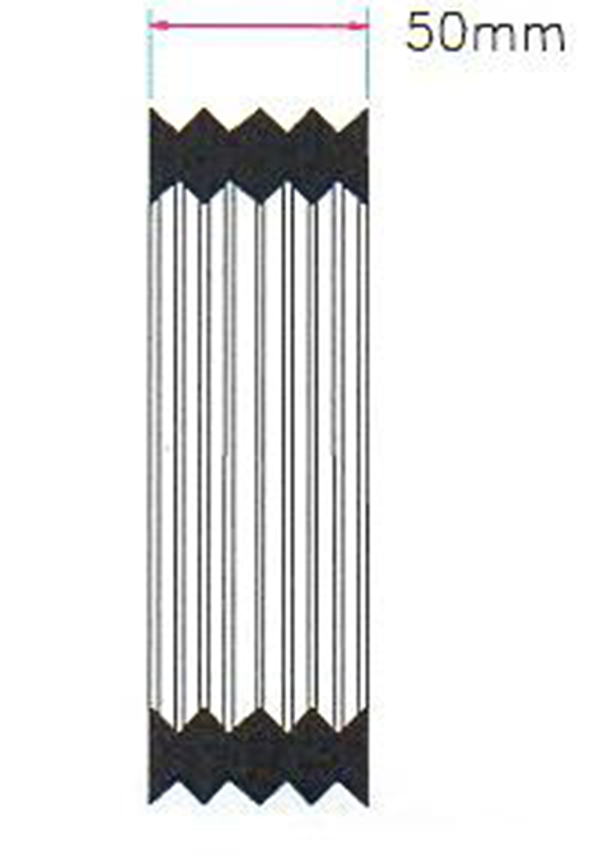
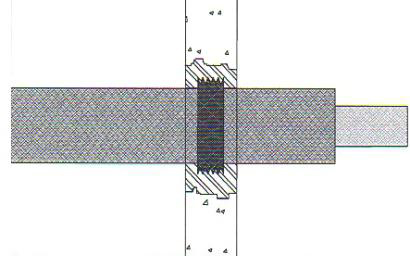
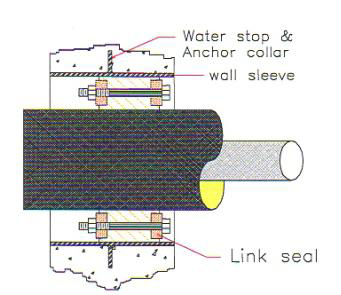
Accessories and End Seals
All pipes and fittings ends could be supplied with a heat shrinkable end seal to prevent moisture from penetrating into the foam insulation. For pre insulated pipes with FRP jacket, fiberglass mat with resin shall be applied to the exposed insulation ends to form a watertight end seal.
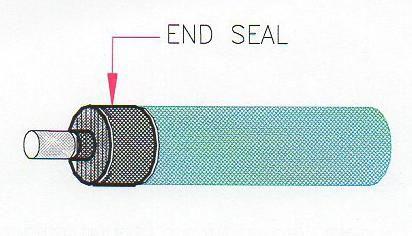
Expansion Joints:
In long straight pipe runs, preinsulated expansion joints are used to absorb the expansion or constraction movement.
We use externally pressurized guided expansion joints with multiply or laminated bellows construction, with design pressure of 150 psig or 300 psig at a maximum temperature of 750º F. Standard expansion joint is supplied with beveled ends for welded joints or with flanged ends.
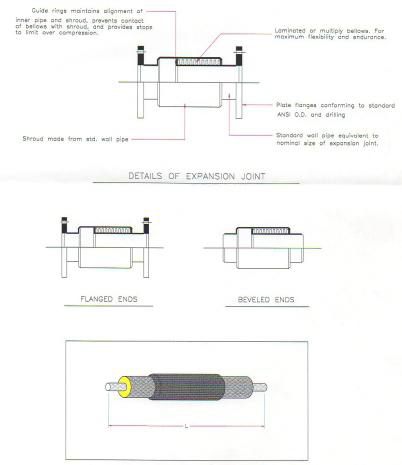
Specification for PUF
| Insulation | CFC Free |
| Material | Rigid Polyurethane foam |
| Thickness | 25 mm onwards to suit application |
| Density | Standard : 36 Kgs./M3, Other densities can be given upon request. |
| Fluid Temperature | |
| Range | [-] 20ºC to 120ºC |
| Sizes | For Carrier pipes 19 mm onwards |
| Compressive Strength | 32.53 PSI |
| Closed Cell Content | 94% |
| Water absorption co-Efficient | 0.2%@100% RH |
| Pre Insulated pipes Length | 6 meter |
| Outer jacket | |
| Above Ground | GI/AL/Stainless Steel/Pre Coated GI |
| Under ground | HDPE/PVC |
| Fire Property | |
| Self Extinguishing ASTM D 1692 [Fire Retardant foam Chemicals]: | Passed |
